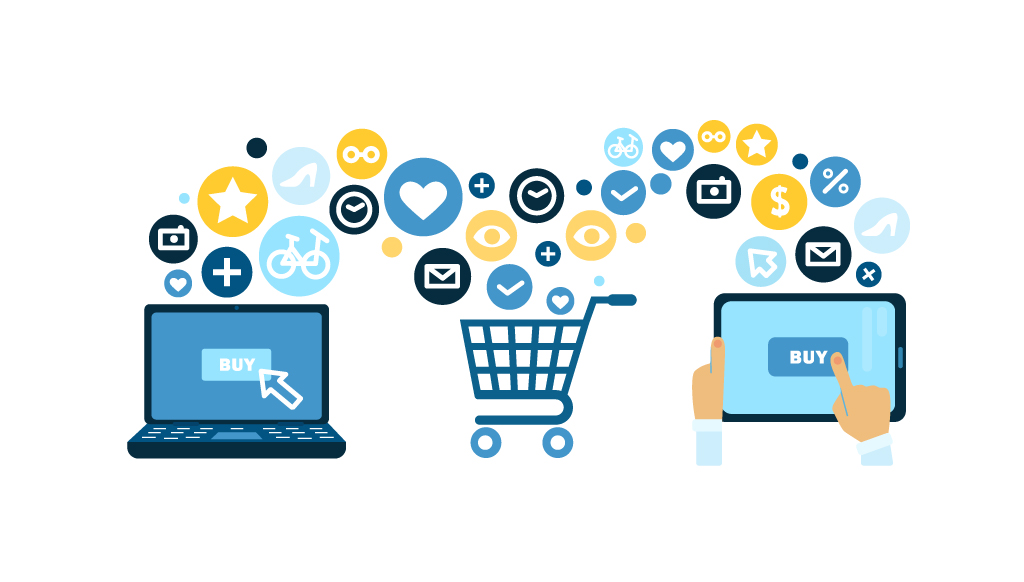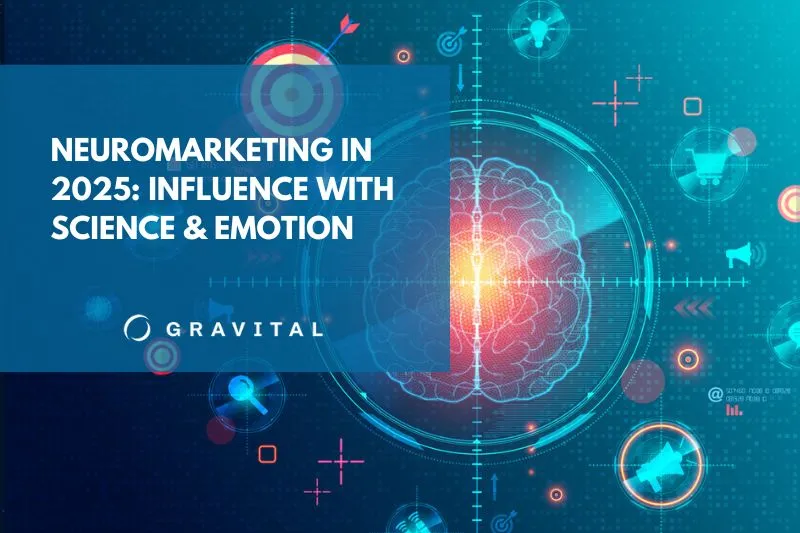As we enter another year, brands are revising their goals and strategies to match the behaviors and expectations of their ideal buyers. Consumer habits are changing as a result of inflation, shifting attitudes and the ever-evolving digital landscape.
While we can’t predict the future (or pandemics), recent studies and surveys give us valuable insights into what to expect from consumers in 2023. Following are the most prominent U.S. and global consumer trends you should keep in mind when developing your sales and marketing strategies for this year.
Top 8 U.S. Consumer Trends for 2023
1. Cautious Spending
Ongoing price hikes stemming from record-breaking inflation are affecting consumer spending, pushing them to spend more cautiously. Nearly 60% of consumers report being “fairly cautious” or “very cautious” with their spending, up 5.4 points and 4.7 points, respectively, year-over-year, according to Attest data. In addition, 43.3% of consumers are buying fewer things, up 9.6% from last year.
Nearly half, 47%, of U.S. adults say that inflation is the most important problem in the country right now, far ahead of issues like gun violence, climate change and Covid-19, according to “Consumer Trends 2023,” a report by The New Consumer and Coefficient Capital.
As their spending power decreases, 81% of consumers are changing the way they shop in order to better manage their expenses, survey data compiled by NielsenIQ shows. The percentage of consumers identifying as “not impacted financially, but cautious with spending” rose from 33% in December 2021 to 42% in June 2022.
NielsenIQ found that consumers fear an upcoming recession and feel less secure in their finances than they did six months ago:
- 52% feel less secure in terms of economic stability.
- 29% feel less secure in their ability to meet daily expenses.
- 25% feel less secure in their household income level.
Inflation is affecting all spending categories, including gas, household goods, apparel, footwear, dining out and entertainment. U.S. consumers report using various strategies to save money, such as:
- Driving less
- Shopping online or closer to home
- Stocking up when items are on sale
- Using coupons
- Finding stores with lower prices
- Buying store brands
2. More Subscriptions
Consumers are buying more things via subscriptions, driven by the convenience and affordability of this model as well as purchasing habits they picked up during the Covid-19 pandemic. The number of products and services available on a subscription basis also has grown significantly as more companies adopt this model.
Subscriptions have succeeded in various industries, most notably in beauty and food, followed by home goods and fashion/apparel, according to Recharge’s “The State of Subscription Ecommerce.” Combined, beauty/personal care and food/beverage made up 54% of 2021’s subscriber pool.
One of the reasons for this model’s success is that it allows brands to build stronger and longer relationships with their customers.
3. Direct to Consumer
D2C (or DTC) e-commerce sales have more than tripled since 2016, surpassing $128.3 billion in 2021, Insider Intelligence reported. The company projects that D2C sales will reach $175 billion by the end of 2023.
D2C is an e-commerce business model that eliminates intermediaries, allowing brands to sell their products and services directly to customers and control the entire sales process. Many consumers prefer the more personalized and expedited experience that D2C brands offer.
4. Secondhand Goods
Secondhand goods are all the rage, especially in apparel. According to a report by GlobalData, the global apparel resale market reached $182.4 billion in 2022, and it’s projected to grow at a compound annual growth rate (CAGR) of 16% from 2022 to 2026.
In the U.S., secondhand apparel is a $43 billion market that is expected to reach $82 billion in the same four-year period. The resale of electronics, furniture, home goods and outdoor equipment categories also is going up.
According to Retail Dive and WD Partners, 92% of consumers shop, buy, sell or trade secondhand items at least once a year. Nearly half of the consumers surveyed said they’d be “more likely” to go to a megastore store if it sold used items.
The growth of resale, also known as re-commerce, is being driven by a combination of rising inflation, environmental concerns, unique value and an increasing number of secondhand marketplaces such as thredUP, Depop, Nuuly Thrift and The RealReal.
5. Customer Service
The importance and power of customer service cannot be overstated. Today’s consumers expect a positive customer experience.
Just look at these statistics:
- 93% of customers are likely to make repeat purchases with companies that offer excellent customer service. (HubSpot Research)
- 89% of consumers are more likely to make another purchase after a positive customer service experience. (Salesforce Research)
- Roughly 61% of customers say they would switch to a new brand after one bad experience. (Zendesk)
- After more than one bad experience, about 76% of consumers say they would rather do business with a competitor. (Zendesk)
- 33% of consumers would consider switching companies immediately after poor customer service. (American Express)
- 89% of companies with “significantly above average” customer experiences perform better financially than their competitors. (Qualtrics XM Institute)
The Covid-19 pandemic put the spotlight on customer support. The chaos led to a breakdown in customer service, and while some consumers understood the challenges that brands were facing during that difficult time, many were unforgiving. With the worst of the pandemic over, consumers’ expectations are higher than ever.
6. Searching for Products Differently
More consumers, especially younger consumers, are turning to TikTok, Instagram and other social media platforms instead of Google or other search engines to find products and services. They often use terms such as “ideas” or “inspo” (inspiration) in their searches. This trend makes it critical for brands to keep track of what is culturally relevant to their target audiences in order to reach and engage them.
7. In-Store vs. E-Commerce
When in-person shopping became unsafe in 2020, e-commerce came to the rescue. Brands were able to conduct business, and consumers were able to purchase the products and services they wanted and needed. Now, in-person shopping may be (relatively) safe again, but consumers who discovered the accessibility and convenience of e-commerce are not dropping online shopping.
A recent study by Raydiant found that shopper’s are divided almost evenly between in-person and online shopping, with nearly 45% of consumers preferring to shop in-person. Many older shoppers still favor in-store shopping: 41% of Gen X’s and 44% of baby boomers say they “mostly or always” shop in-store, Attest reported. Younger shoppers, on the other hand, prefer online shopping: 36.3% of Gen Z’s and 39.5% of millennials “mostly or always” shop online.
8. Sustainability
Consumers are brushing aside sustainability in favor of issues such as cost-of-living pressures due to inflation and a housing crisis. The environment is still important to consumers, just not as much.
In a global survey of 2.3 million internet users aged 16 to 64, audience research firm GWI found that 41% of those surveyed in Q2 2022 expected brands to be eco-friendly, down from 48% in Q3 2019.
In every country we track, the number of people who say they expect brands to be eco-friendly has also shrunk in the last few years.
GWI reported.
Declining sustainability-related trends include interest in environmental issues, self-reported recycling, willingness to spend more on eco-friendly products, and environmental optimism. All have diminished in at least 20 or more countries, GWI said, citing skepticism about climate change due to contradictions in environmental, social and corporate governance (ESG) criteria.
Bottom line: when forced to make a choice between saving their earnings or saving the planet, more consumers are choosing to save their earnings. And in 2023, a year that is expected to be shaped by a global recession and geo-political tensions, brands would be wise to take consumers’ struggles into consideration.
2023 Global Consumer Trends


Euromonitor
Responsible-but-emotional spending, the growing digitization of purchasing processes, female equality, and disruptive Gen Z’s are some of the factors that will define consumer trends this year, according to global market research firm Euromonitor International’s “Top 10 Global Consumer Trends 2023.”
Companies should expect quite divergent behavior as consumers cope with ongoing challenges while getting back in their stride.
Euromonitor noted.
Following are some of the key trends highlighted in the report:
Budgeteers: A cost of living crisis is undermining the purchasing power for consumers. Saving money is top of mind. In 2022, 75% of consumers did not plan to increase overall spending.
Young and Disrupted: Gen Z’s stand up for their beliefs and put themselves out there. These consumers are immune to traditional advertising. Authenticity and social impact make a difference.
Control the Scroll: People are still wed to their devices, but screen time is more selective. Consumers want an efficient and curated digital experience.
Game On: Gaming has become an entertainment leader and has transcended the generational divide. This once-niche segment is now a mass-market opportunity.
Mintel
In its “2023 Global Consumer Trends,” marketing intelligence agency Mintel, listed another set of consumer trends to watch for over the next one-to-five years:
Me Mentality: Consumers will be eager to re-focus on themselves and brands can help them take center stage.
Power to the People: Consumers are investing, co-creating and voting for change alongside brands.
Hyper Fatigue: Consumers will try to cut through the noise and connect with what matters to them.
International Localism: Buying locally will be a way consumers can protect themselves financially, environmentally and psychologically and give back to the community.
Intentional Spending: Factors such as flexibility, durability and sustainability will play increasingly important roles in consumers’ value equation.


Final Thoughts
Having an understanding of the direction of consumer behavior allows brands to align their business goals and marketing strategies with the trends that are relevant to them.
Because every brand and market is different, trial and error is a necessary process to determine what works best in each situation. So consider these trends, adjust your approach, and see what happens. The one mistake you can make is not to act.
Do you need help perfecting your marketing strategy to match 2023 consumer behavior trends? Gravital’s team of digital marketing and sales enablement strategists can help you identify, reach and engage your ideal buyers, convert them into customers, increase sales and grow your business. Contact us via phone or our online form to get started.
Sources:
“Top Consumer Trends of 2023” by Attest
“Consumer Trends 2023” by The New Consumer and Coefficient Capital
“The State of the U.S. Consumer” by Nielsen IQ
“The Biggest Consumer Trends for 2023” by GWI
“The State of Subscription Commerce” by Recharge
“Top 10 Global Consumer Trends 2023” by Euromonitor
“2023 Global Consumer Trends” by Mintel
Insider Intelligence
GlobalData
Forbes
Retail Dive
WD Partners
HubSpot
NBC News
Shopify
thredUP
The Drum
Marketing Dive


